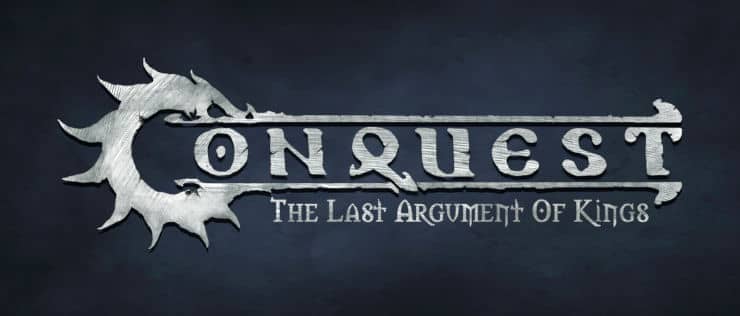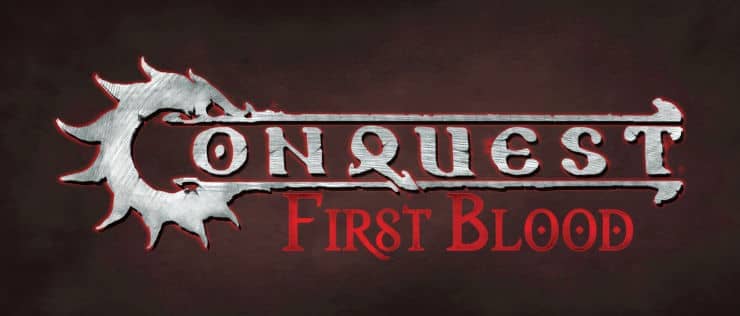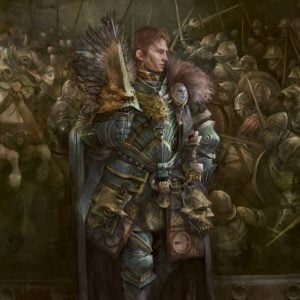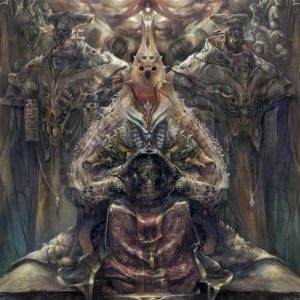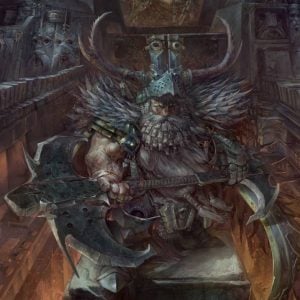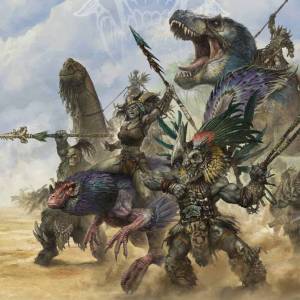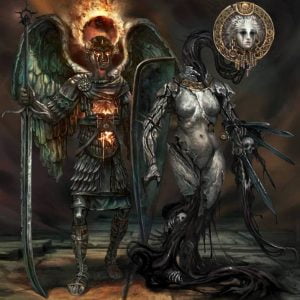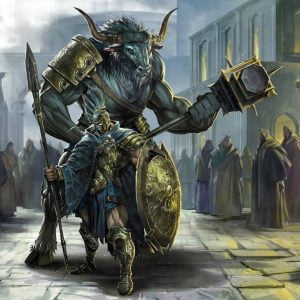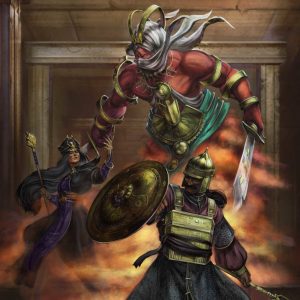
Prominent among the numerous general misconceptions of southlings about the Nords is that they are one people. That is only as true as it is to claim that the Hundred Kingdoms are one people; which is to say, it is absolutely wrong.
The first and most ancient distinction is that between Nords and the Sapmelas tribes, which the learned among the Nords would reluctantly admit are considered to be possibly the original denizens of the island. Unlike the Sapmelas, however – which the Nords vaguely and erroneously divide into four great tribes while they are in fact different peoples with different cultures – the Nords have been historically united, when Mannheim was still Vanirheim and all Nords venerated the Gods of Yggdrasil. This part of their cultural past undoubtedly offers a sense of common identity but only when comparing themselves to the rest of the world. When Mannheim matters are discussed, they are more than ready to distinguish between different groups among them.
The most common and honored distinction is that of the Aettir, clan divisions based on blood and marriage. One’s Aett is part of one’s identity, be they man or woman, and relationships between Aettir heavily influence behaviors between individuals (that being said, not all Nords can truly claim they are members of an Aett and most are, in fact, either indifferent towards them or unrecognized). Alliances and pacts, forged generations ago, honor-bind members of Aettir, and friendships between ancestors are fondly remembered and provide fertile ground for future ties. Failing to abide to such traditions and, even worse, betraying trusts and ties between Aettir, can invoke not just the wrath of gods but, more immediately, can cause blood feuds that will haunt generations. While the ancient edas and sagas are often recited by skalds, it is the tales of such feuds, stories with roots deep-seated in history about vengeance, love, honor and betrayal that move the Nords most and form the foundation of future sagas.
There are nine great Aettir on Mannheim, often divided into lesser clans and families, with a recent group, the so-called “Tenth Aett,” the Saemearhing, flying banners of a seahorse against a teal field by Captains that value bonds of salt and water before those of blood. Distinctions between Aettir are vague and vaguer still are the reasons of their feuds; in truth, most Aettir have clashed so many times in the past that whenever aggression needs to be justified it is easy to do so. During the Gloom of Midday (namely the 2nd and 3rd centuries P.R.), blood feuds between the Aettir reached such a violent crescendo that without the direct intervention of the Einherjar, it is likely that the Nords would have driven themselves near extinction. But intervene they did and thus the greatest and most enduring cultural distinction between the Nords was born: the Tings.
To describe the Tings as councils would not be entirely accurate; this was the form they took later, when the blood feud wars of the Aettir subsided and the Einherjar gradually stepped back from the leadership of the Nords. Originally, the Tings were courts, forged by prominent figures of different Aettir and presided over by the Einherjar. Their role was to settle disputes between the Aettir, deciding what compensation was appropriate for damages suffered and what penalty befitted crimes committed, in order to satisfy the injured party before a blood feud was sparked. Their decisions were not binding save by honor, but one did risk invoking the wrath of its presiding Einherjar if the Ting’s voice was ignored.
For the Nords, the advantage of this system was obvious: the Tings had the opportunity to judge each case separately and there was no guarantee that the same offense would invoke the same response. The disadvantage, of course, was equally obvious: final word rested with the presiding Einherjar and mood, preference and above all personal ideology would come to play a part in the decisions. In time, this created a certain predictability: Helga Nornsdottir, head of the Ting in Aarheim, would base her decisions on her view about the fate of the Nords and if or how the offense afflicted this. If the offending Aettir risked crippling or diminishing the ability of the Nords to raid, by damaging a ship or killing a capable captain, one could expect a severe response by her Ting, for instance. Svenn Trollblood, on the other hand, always based his decisions on the traditions and edicts set by the old Gods, naming them as the only lawmakers the Nords had known.
These different approaches came to dominate the Tings’ decisions and, eventually, they would become more streamlined, at least in their philosophy. As the Einherjar receded from public life, slowly claimed by their “gifts,” the Tings would come to rely on past decisions to continue this tradition and the Tings would change. While “law-making” would be too strong a term to use, such was loosely the role that the Tings would come to play, interpreting the traditions set by their predecessors and the Einherjar that presided over them. In fact, with the exception of the Dannting in the west, where Dan the Lawforger once presided, no Ting has any log or catalogue of past decisions put in writing. Much like they do when it comes to their history, in this too the Nords rely on memory, song and tale to remember the past.
More importantly, with time, the surrounding areas of each Ting would come to regulate their behavior according to its decisions until, eventually, those would become part of tradition. Customs would be adhered to and differ vastly from those of their neighbors. Thus, distinct cultural groups would be forged and simple things like the manner a shield must bear its colors, proper greetings between different Aettir or styles of clothing – all details contributing at one point or another in a case presented to the Ting – make it obvious to a Nord about before which Ting a visitor (or invader) appears.
With the exception perhaps of the Fimmting across the sea, these loose distinctions do not hold any administrative value save for convenience and tradition. There are no real borders or lines between the Tings that truly and honestly divide their peoples, nor does any Ting claim dominion over an area. In fact, many a settlement will participate in more than one Tings, possibly for different matters in each. In theory, any leader of a settlement, any head of a family or elder of an Aett could appear before any Ting to present and discuss their case; but not knowing a Ting’s traditions and mentality can bring forth unexpected results and thus it is avoided. Despite this, the importance of the Tings in the cultural divisions of the Nords remains; the closer one lives near a Ting’s city, the stronger the feeling of belonging and the stronger its influence over their every day lives, their sense of justice and their customs and in times of turmoil, some certain camaraderie between these different groups has already been shown. For now, the High Table serves as the great equalizer and unifier, the Ting of Tings so to say. But with Angbjorn increasingly indifferent to the power plays of his Konungyr and the political and even spiritual unrest that boils under the surface of Mannheim, it is possible that such differences will be brought to the forefront, utilized by those who revel in division…

